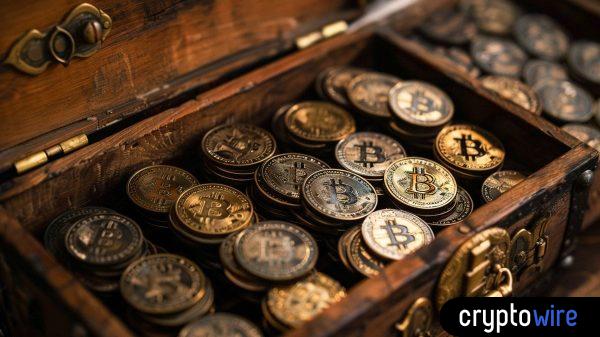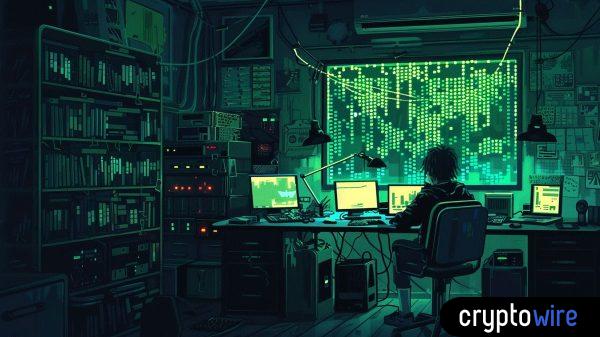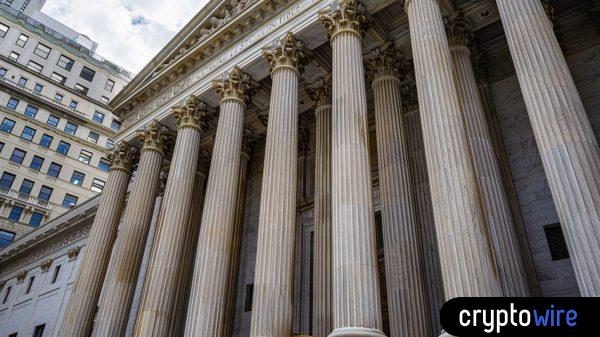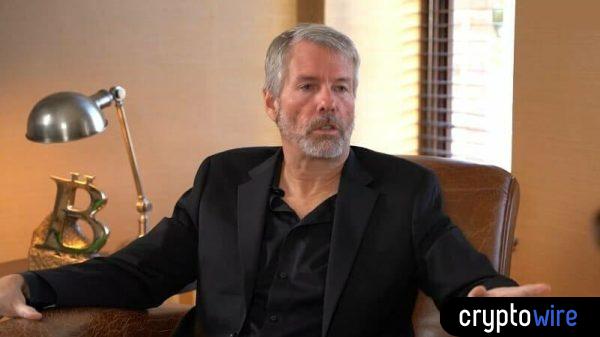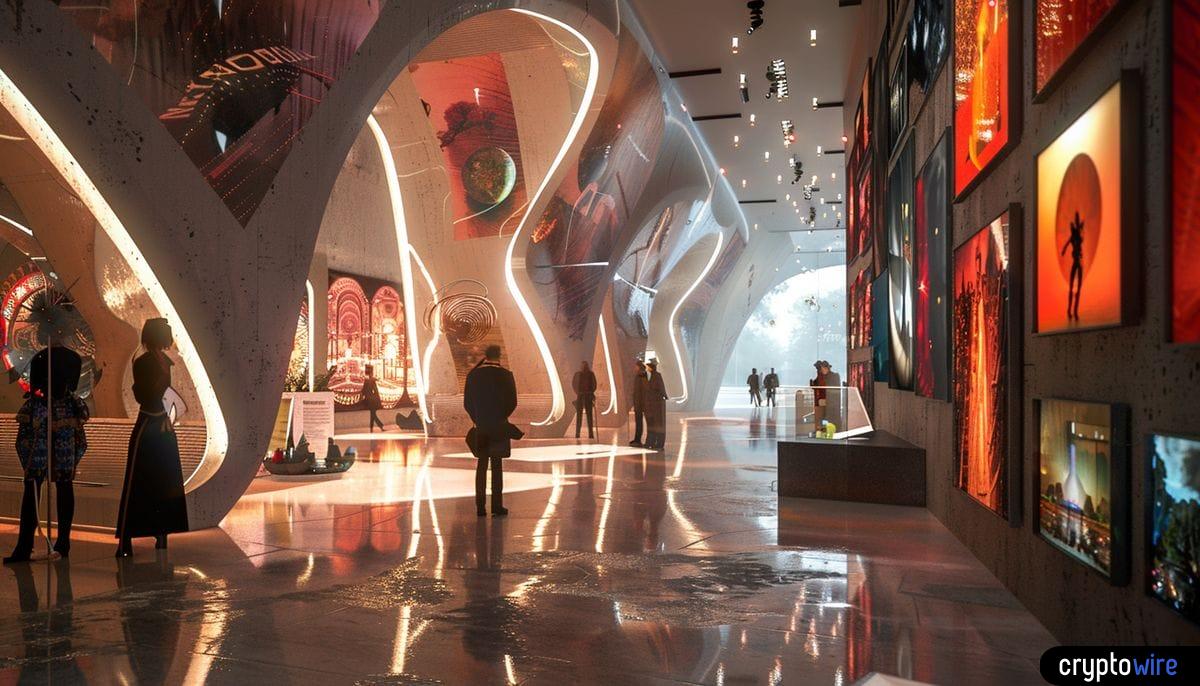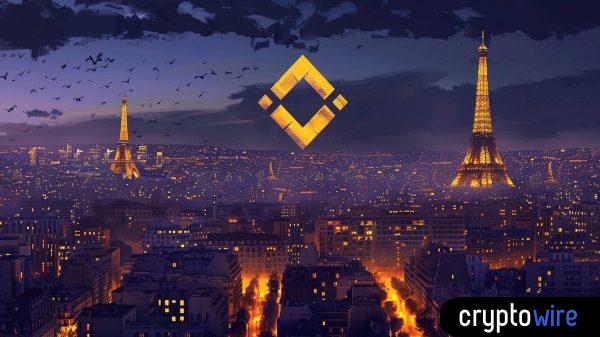The Musée d’Orsay, a prestigious museum located in Paris, is making a groundbreaking foray into the realms of blockchain technology and digital art by unveiling its inaugural on-chain NFT exhibition. This innovative initiative is set to introduce a collection of tokenized artwork under the title “The Convergence of Breath.” These five exclusive NFTs, minted on the Tezos blockchain, are the culmination of a captivating art installation and social experiment that is currently captivating audiences as part of the museum’s digital-themed exhibition, “Le Code d’Orsay.”
The focal point of this installation is a striking steel sculpture named “Sigma Lumina,” a collaborative creation by the renowned French artist and DJ Sébastian Devaud, also known as Agoria, and artist Johan Lescure. When bathed in the perfect alignment of light from above, the sculpture casts a shadow that unveils a QR code. Intrigued museum visitors who scan this code are guided to mint a unique Musée d’Orsay NFT, inspired by the Impressionist masterpieces displayed within the museum’s walls. However, the generation of this NFT requires participants to breathe into their smartphones, adding a whimsical and interactive element to the process.
The collective data from these breaths, resulting in over 2,000 “Sigma Lumina” NFTs minted by museum visitors thus far, has been meticulously gathered and synthesized by Agoria and Lescure. These visionary artists have ingeniously transformed this shared breath into a series of five distinct Musée d’Orsay NFTs, each representing a week of the exhibition’s duration.
These five remarkable “Convergence of Breath” NFTs will be up for sale on Thursday at 5 pm CET on Objkt. One, a curated platform that specializes in one-of-a-kind on-chain artworks. “Le Code d’Orsay” will be on display at the Musée d’Orsay until March 10, offering visitors an immersive journey at the crossroads of traditional art and cutting-edge blockchain technology.
The trend of museums and cultural institutions exploring NFTs in innovative ways continues to gain momentum, with a focus on revenue generation, broadening art accessibility, and crafting immersive digital encounters. Notably, the Centre Pompidou in Paris unveiled an exhibition last year featuring NFTs from the CryptoPunks and Autoglyphs projects alongside works by a dozen other digital artists. Additionally, institutions like the Bruce Museum and the Institute of Contemporary Art in Los Angeles have organized discussions and lectures centered on the history, technology, and legal implications of NFTs.
Museums have also leveraged NFTs as a fundraising tool and a means of monetizing digital collections. For instance, the British Museum introduced a series of NFT postcards showcasing Hokusai’s prints in 2021, with a standout sale of “The Great Wave” for 10.6 ETH (approximately $45,000 USD at the time). Similarly, the Uffizi Gallery auctioned an NFT of Michelangelo’s “Doni Tondo” for around $170,000, while the State Hermitage Museum auctioned tokenized versions of masterpieces by artists like Leonardo da Vinci, raising substantial funds in the process.
Ian is a cryptocurrency enthusiast blending humor with professionalism. With an engineering background and a storyteller's heart, he simplifies the blockchain world with sharp analysis and a touch of wit. At Cryptowire, he brings his unique perspective to make digital financial innovation accessible to all.








